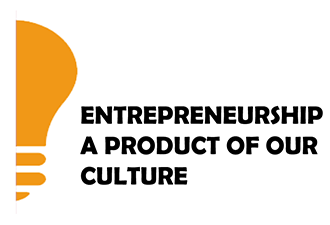EPOC

Back to Roots
December 5, 2018
Focus on Multimedia
December 10, 2018The project was born in the light of the current political situation in many EU countries, the increasing Euroscepticism and the apparent erosion of EU values. A solution to this can be found in Europe’s cultural heritage and the opportunities it offers, especially to adults from disadvantaged categories. Considering the limited employment opportunities these people normally have – even more so in the field of entrepreneurship – the project could widely benefit people belonging to this heterogeneous group.
The project will give them the skills and knowledge necessary to start a business in the field of cultural heritage. Their cultural identity and sense of European belonging will be reinforced thanks to their increased knowledge on the shared past and values that shape modern day Europe. And by focusing on the relationship between adults from disadvantaged groups, entrepreneurship and cultural heritage, the project will take into account the social dimension this threefold connection. An eye will be also given to practical aspects as the use of ICT in cultural heritage related enterprises, conducting needs analyses, developing business plans, etc.
OBJECTIVES
- Provide adults from difficult backgrounds with skills to become entrepreneurs in the cultural heritage field
- Share best practices among organisations promoting entrepreneurship and ones active in the field of cultural heritage
- Give practical and technical knowledge to help adults from difficult settings to effectively start and run a business
- Foster and strengthen European identity
- Develop suggestions for local authorities, museums, cultural heritage foundations, etc. to help people from disadvantaged groups to become entrepreneurs
- Generate social impact by connecting cultural heritage to people’s everyday life, especially in the case of marginalised and disadvantaged people
- Provide digital, need analysis and business planning skills to the participants to start successful and modern enterprises
- Create a job shadowing scheme to help the final target group building a network of organisations and practically show them how to move within the business world
PARTICIPANTS
Apart from the project managers, the trainers and the learners, more people will be involved in the project. Each country will select key figures to promote the project’s content on different levels.
Local organisations like art institutes, museums, cultural heritage relative foundations, NGOs, local authorities will be involved as indirect participants in the project and encouraged to contribute to its success in terms of job shadowing, usage of the training material and dissemination.
Counsellors, people who successfully started an enterprise starting from a disadvantaged situations and can hence set an example, teachers and trainers within the network of the partner organisations will also be persuaded to visit the project website and contribute to the its dissemination.
ACTIVITIES
- Create a project website and its social media profile;
- Provide participants with a job shadowing useful to the final target group and to educators, teachers, trainers, local authorities, etc.
- International training activity (Italy)
- National workshops with adults from disadvantaged backgrounds and local authorities held by partner to practice on a wider and more direct scale the content of the training
- Review and publication of the training material on the project website, based on the feedback received
METHODOLOGY
- based on principles of PCM and PRINCE2
- importance of qualitative criteria
- focus on sustainability of the project (throughout and after its implementation)
- expansion from the local to the European level in terms of results planning and dissemination
- precise and clear division of tasks, synchronisation of activities and cooperation
- participative approach aimed at involving all staff members of the partner organisations
- continuous monitoring
- structured working approach to each task based on:
phase 1: conducting needs analysis and expectation identification
phase 2: plan drafting and discussion among partners
phase 3: final design and validation.
This method allows all partners to make their contribution towards the objective and the results of the project.
RESULTS, IMPACTS AND LONG TERM BENEFITS
- Build a network among organisations working with the target group (museums, foundations and institutions in the field of cultural heritage, adult support centres, job centres, local authorities, social care centres, etc.) on national and European level
- Share good practices for the involvement of adults from difficult backgrounds and troubled past in cultural heritage related entrepreneurship
- Develop new ways to find tools to face the challenges posed by the lack of employment and the difficulties in entering the business sector
- Enhance the sense of belonging and the sense of common and shared European identity within the target group.





